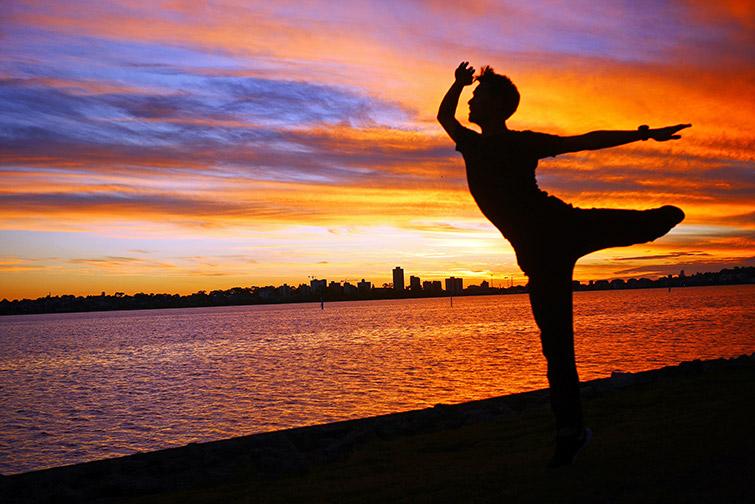Each of these tribes is an individual entity in its own right. Each tribe has its own dialect and own traditional customs that have slowly changed over the years adapted to suit the times.
Nevertheless, these customs are fiercely protected by a strict code of practice. Songs and chants from ancient times are recited word for word and passed down through the generations to ensure tribal history remains intact.
To get a word wrong could bring grave consequences and the offender would expect harsh punishment, even death. As a result, many ancient chants have been lost in antiquity, as new generations have been reluctant to learn them, unwilling to risk offending the gods.
A select few, with innate good character, have been chosen to retain and keep the old knowledge. They become highly respected members of their tribe.
I am of the Te Arawa people, my name taken from the canoe that left Rangiatea, our sacred homeland, some 600 years ago.My ancestors are renowned for their oratory skills and deliverance.
On many formal occasions, I have listened and admired many powerful speakers as they strutted their stuff breaking the tempo with a timely cough, a chant, short pauses and the like. Only men speak on these occasions. They are aware of the high expectations placed on them to uphold the mana, or essence, of the people.
This is even more imperative for a speaker from a visiting tribe when invited to stand. Some speakers would start by first acknowledging his primordial parents. They would signify Ranginui (Sky Father) by raising their arm up, and Papatuanuku (Earth Mother) by stretching their arm across a freshly mowed lawn. He would then begin to explain his ancestral lines beginning with the name of his canoe, his sacred mountain, sacred river, main tribe, subtribe, ancestor and finally himself.
Then he would very cleverly maneuver acceptance into the group by making a connection to a relative of the host tribe.A connection well received is indicated by a row of heads nodding appreciatively.
After the formalities, the speaker would sing an ancient chant that is appropriate to the occasion. The chant would be supplemented by those present to emphasize that his speech is agreeable.
If the speaker failed to impress, a group of those present would begin chanting to drown out the speaker—a most embarrassing situation.I know of at least one occasion when a woman from a visiting tribe stood to speak on our marae (meeting place.)
The poor woman was subjected to the most ferocious haka, a dance commonly performed before battle. She was in tears and had to sit down again. Yet, in her own tribal territory speaking on behalf of the people was an unquestionable honor—just not to the proud Te Arawa.
Such is the power of the traditional haka used when marae protocol is broken. It is used to keep tribal history unchanged and intact as guidelines for future generations to maintain the ways of the people. It is an ancient history and format that remains unchanged today.




